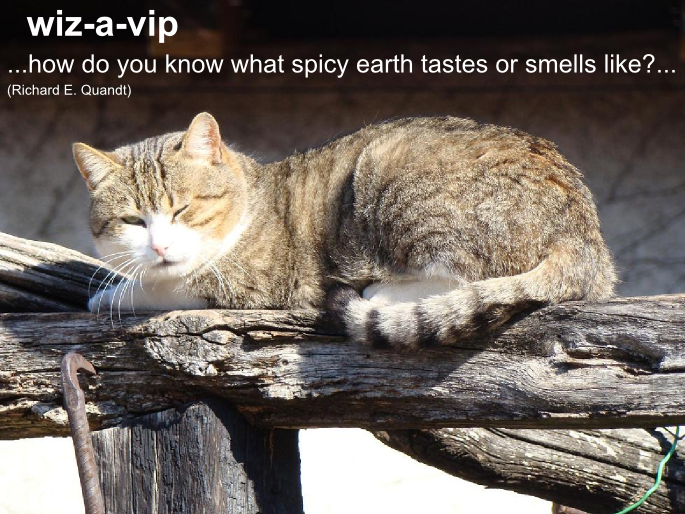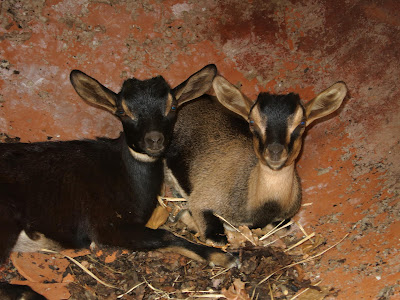Recently Tourist information center in Vipava organized a nice tasting of sparkling wines from Vipava valley, upper part mostly. It wasn't just a tasting. The art of sparkling wine production was explained along with tasting samples starting with base for sparkling wine and further process stages before it is ready for drinking. Afterwards five different sparkling wines were to taste. From white to rose, from dry to sweet. Seems there is no limit in sparkling wine range.
Will any winemaker in Vipava valley reach the quality to have guts and make only sparkling wine ?
 |
| small globules as yeast carrier still in bottle |
 |
| opening sparkling wine shouldn't end with loud cork explosion |




























